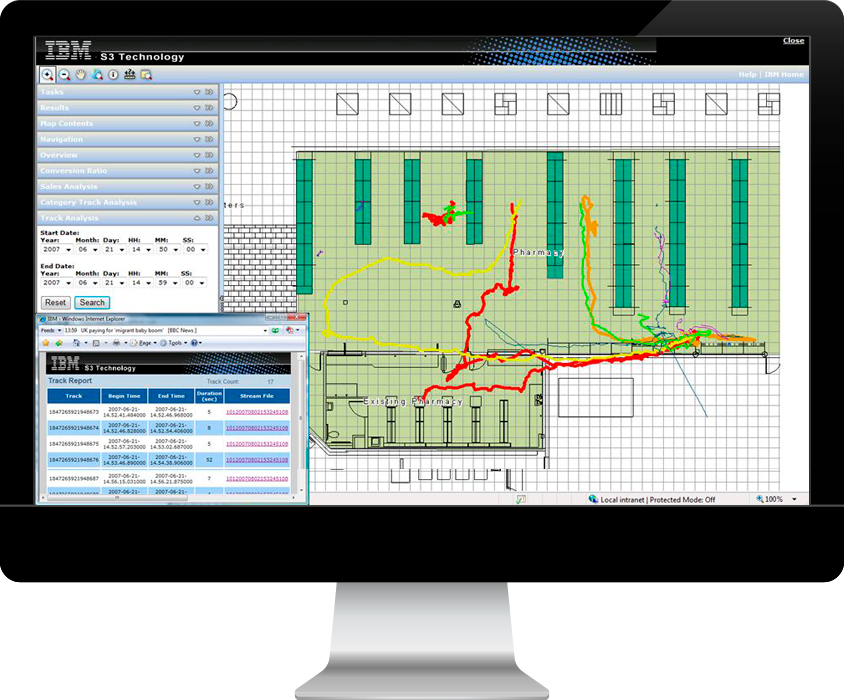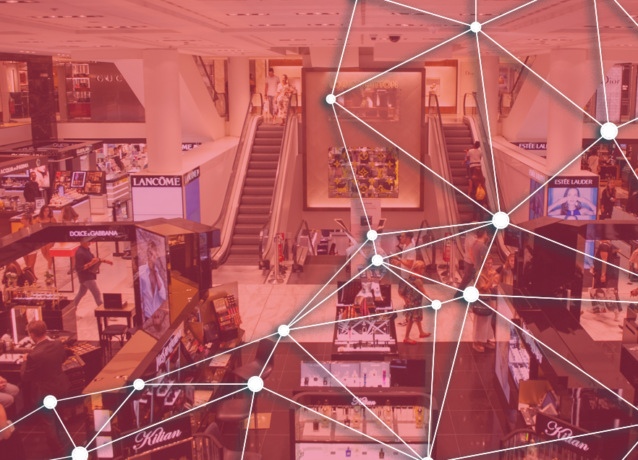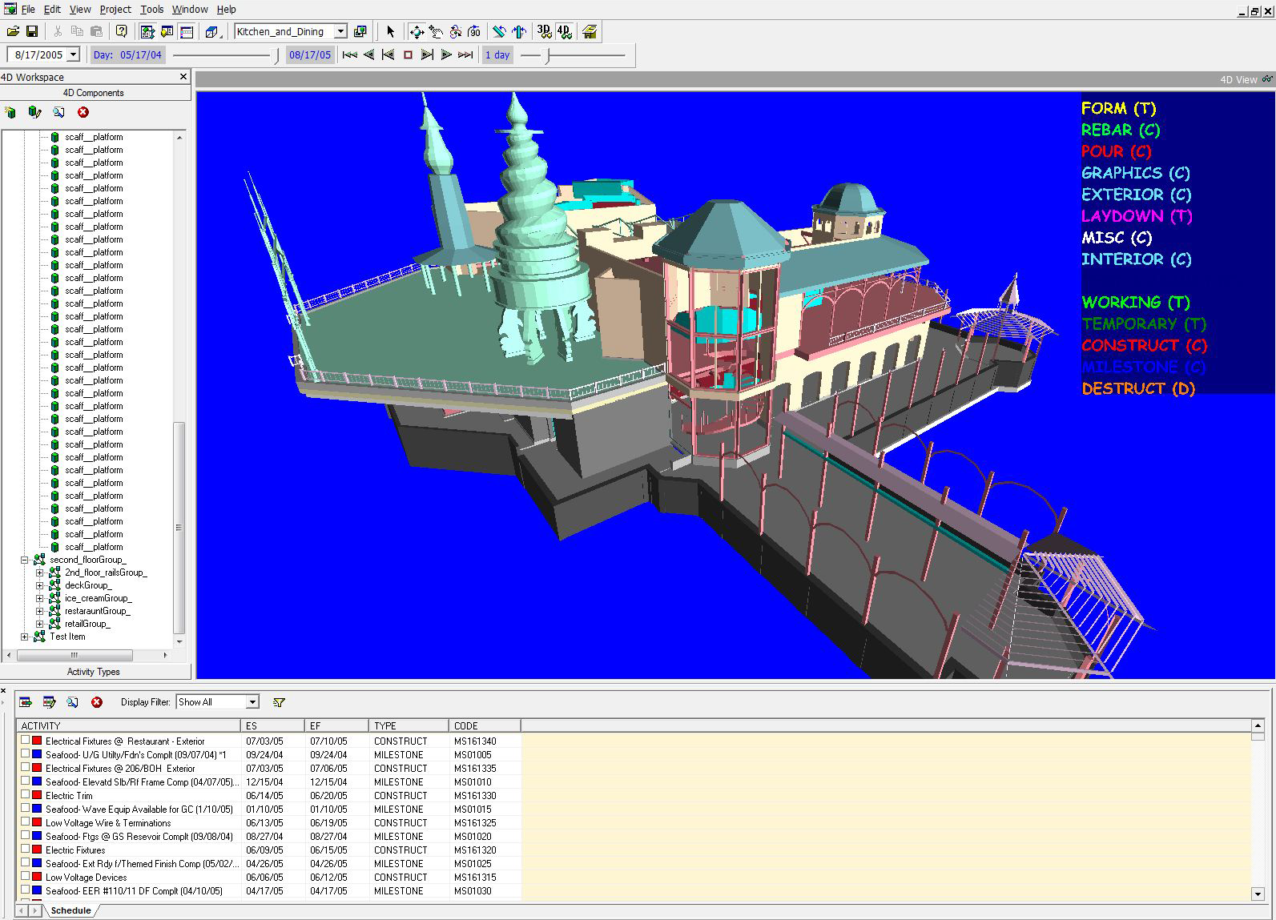
Retail Decision Modeling
IBM
The Challenge
Are buying decisions based on how long a person sees an object? How does time in the store and placement of items affect purchasing decisions? We worked with IBM on a project that has been the holy grail for retailers for years: Does proximity to an item encourage a purchase?
Our Insight
The folks at Big Blue had developed a 360° fisheye camera and software that can track the movements of people through a store over time. We wanted to capture and model this data within a geospatial context.
Our Approach
We entered the process by creating the data-fabric of a trial store: all the aisles and shelves and products. We then were able to process the data coming from IBM’s tracking camera and created a histogram comparing the time spent in front of products to sales of those items, using the data from IBM’s point of sale database.
Categories
- Data
- ESRI
- Geodatabase






